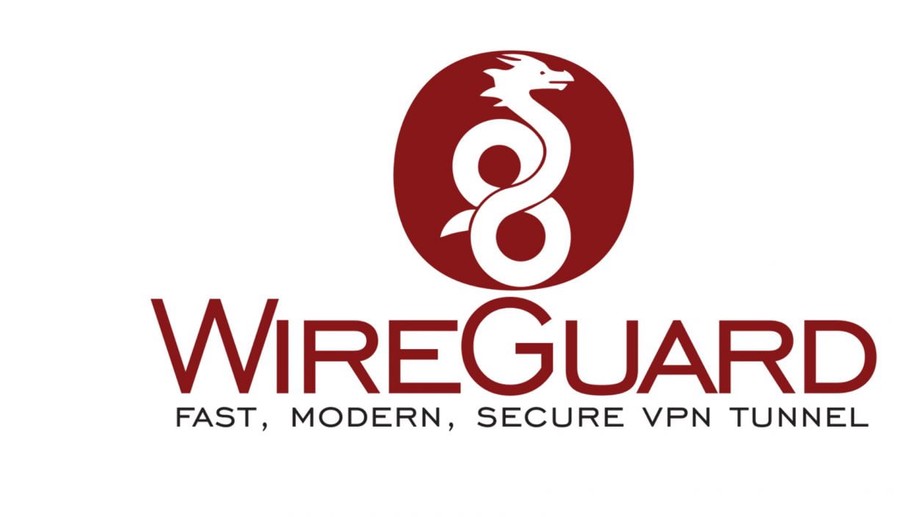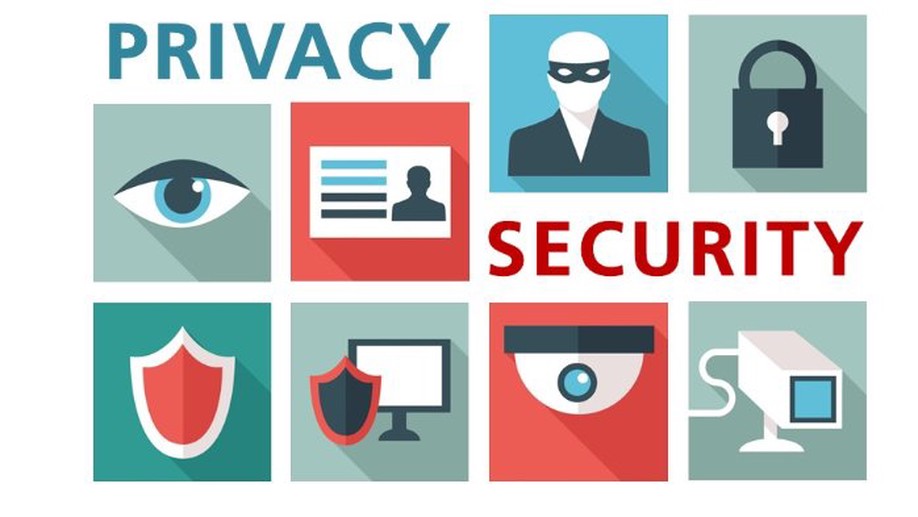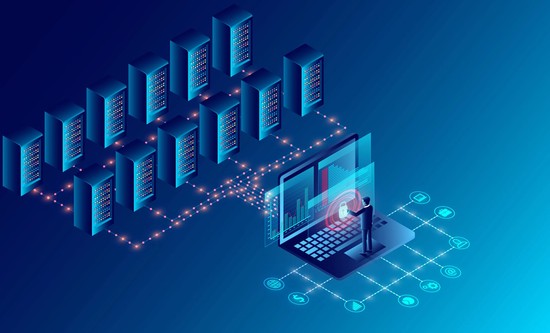Aug 2015 –
Jul 2017
Warner Robins, GA
Supervised all aspects of IT systems upgrades and acquisitions for the $244.4 million E-8C Joint Surveillance Target Attack Radar System (JSTARS) command and control aircraft. Assisted production of Total Systems Support Responsibility (TSSR) for the E-8C with Air Force Life Cycle Management Center (AFLCMC) utilizing FedRAMP, classification guides, and the National Industrial Security Program Operating Manual (NISPOM). Developing and coordinating program acquisition planning, support documentation and program rating. Responsible for managing quality assurance and logistic support, providing recommendations of best practices involved in acquisition program management and identifying potential improvement for processes used in the internal acquisition program. Assessing progress of assigned projects or programs and keeping records of schedules, cost estimates and performance supportability, providing input during source selection, monitoring contractor’s acquisition development up to production and deployment, planning and coordinating activities of logistics, data management and other activities of functional specialists, evaluating program progress, reviewing progress of contractors, taking actions to approve contracts, budgets, terms and other conditions related to the contractor, and ensuring maintenance of documentation.
- Co-authored requirements documents; Capability Development and Capability Production Documents (CDD & CPD) and AF Forms 1067s
- Formulated meticulous policies, standards, and procedures orchestrating an OpenVMS to RHEL migration, ensuring uninterrupted multi-user computer system functionality
- Customized Linux references, seamlessly integrating them into the organization’s standard operating procedures
- Coordinated acquisition and integrated $10 million server upgrades across 16 aircraft
- Installed experimental tactical data link (TDL) on aircraft and ensured antennas configured to be able to have a proper line of site for communications leading to a validated Master Test Procedure (MTP)
- Ensure that all acquisitions, procurements, and outsourcing efforts address information security requirements consistent with organization goals
- Assess all the configuration management (change configuration/release management) processes
- Establish acceptable limits for the software application, network, or system
- Perform security reviews, identify gaps in security architecture, and develop a security risk management plan
- Perform security reviews and identify security gaps in security architecture resulting in recommendations for inclusion in the risk mitigation strategy
- Plan and conduct security authorization reviews and assurance case development for initial installation of systems and networks
- Provide input to the Risk Management Framework process activities and related documentation (e.g., system life-cycle support plans, concept of operations, operational procedures, and maintenance training materials)
- Verify that application software/network/system security postures are implemented as stated, document deviations, and recommend required actions to correct those deviations
- Participate in the development or modification of the computer environment cybersecurity program plans and requirements
- Knowledge of classification and control markings standards, policies and procedures
- Knowledge of concepts, terminology, and operations of a wide range of communications media (computer and telephone networks, satellite, fiber, wireless)
- Knowledge of physical computer components and architectures, including the functions of various components and peripherals (e.g., CPUs, Network Interface Cards, data storage)








